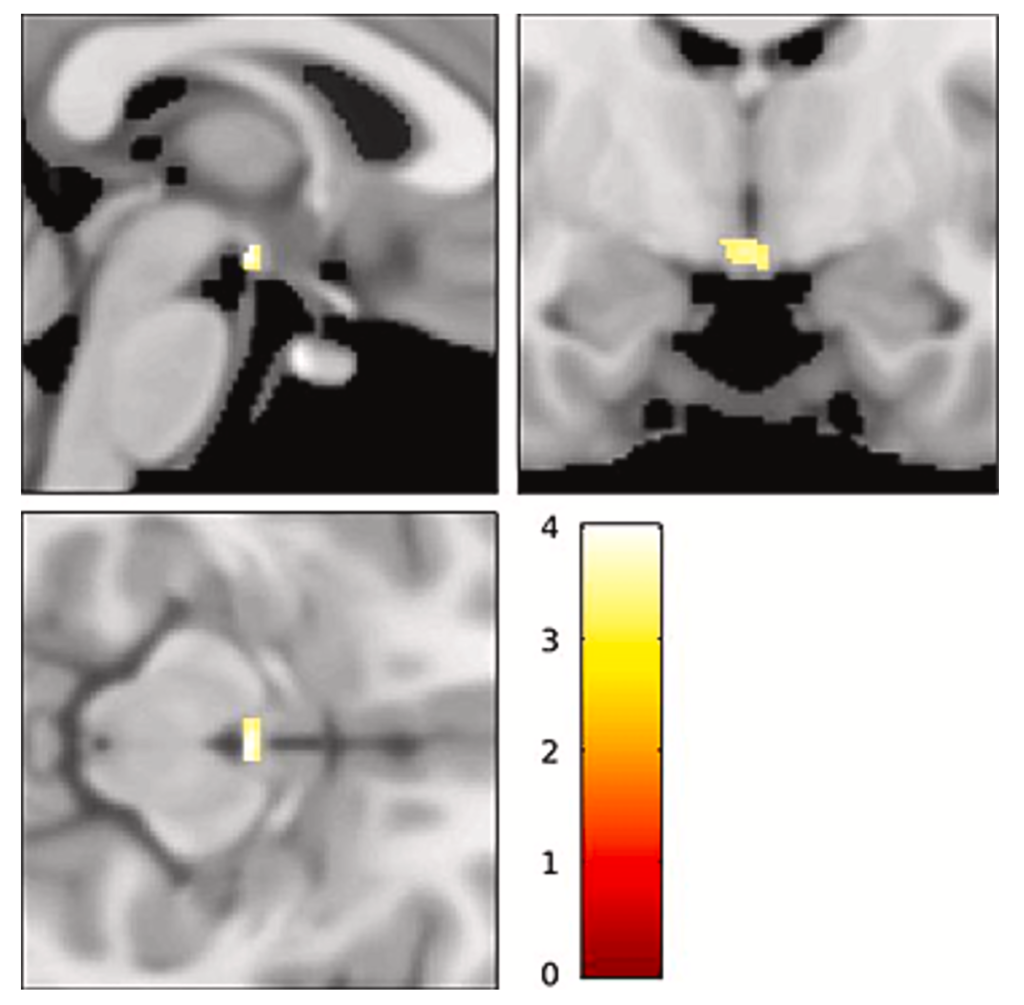Di Bello M, Chang C, McIntosh R. Dynamic vagal-mediated connectivity of cortical and subcortical central autonomic hubs predicts chronotropic response to submaximal exercise in healthy adults. Brain Cogn. 2024 Mar;175:106134. doi: 10.1016/j.bandc.2024.106134. Epub 2024 Jan 23. PMID: 38266398.
In recent research, scientists have delved into the influence of exercise on frontal lobe function, with a particular focus on the ventromedial prefrontal cortex (vmPFC) and its role in regulating heart rate during exercise. The study involved 161 adults who underwent resting state brain scans and sub-maximal exercise tests on a bike. By analyzing changes in heart rate variability (HRV) and vmPFC connectivity with the brain, the researchers discovered that higher HRV states are associated with increased vmPFC connectivity with the hypothalamus, which is crucial for autonomic control during physical activity. This connectivity was found to be a stronger predictor of cardiac response to exercise than age, BMI, or baseline HRV. The findings suggest that the vmPFC’s connection to the hypothalamus plays a significant role in managing heart rate increases during exercise, enhancing our understanding of the brain’s influence on cardio-autonomic functions during physical activities.
